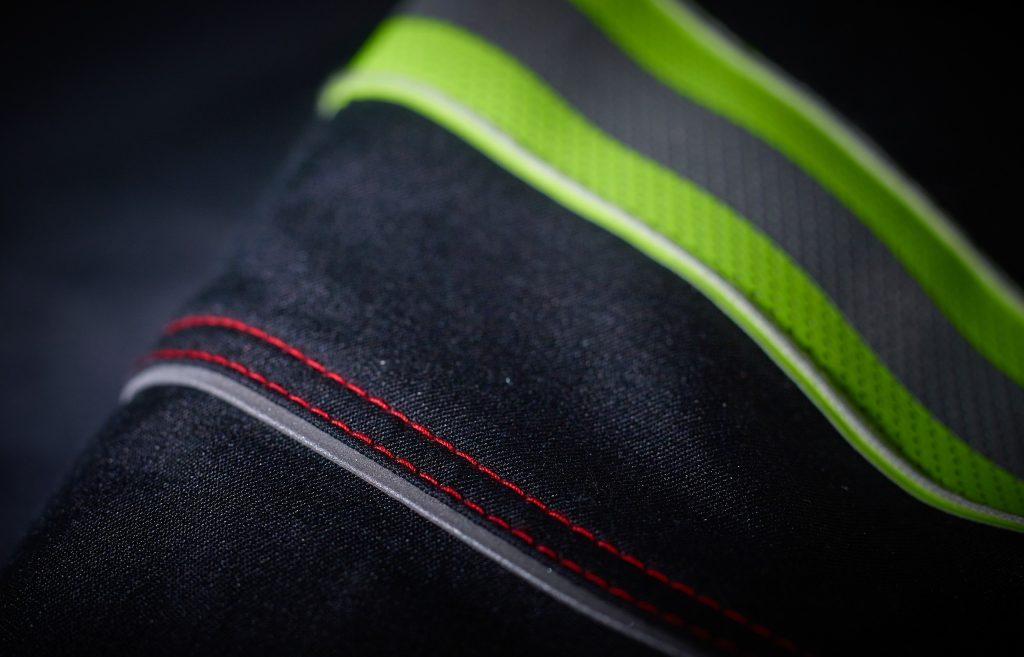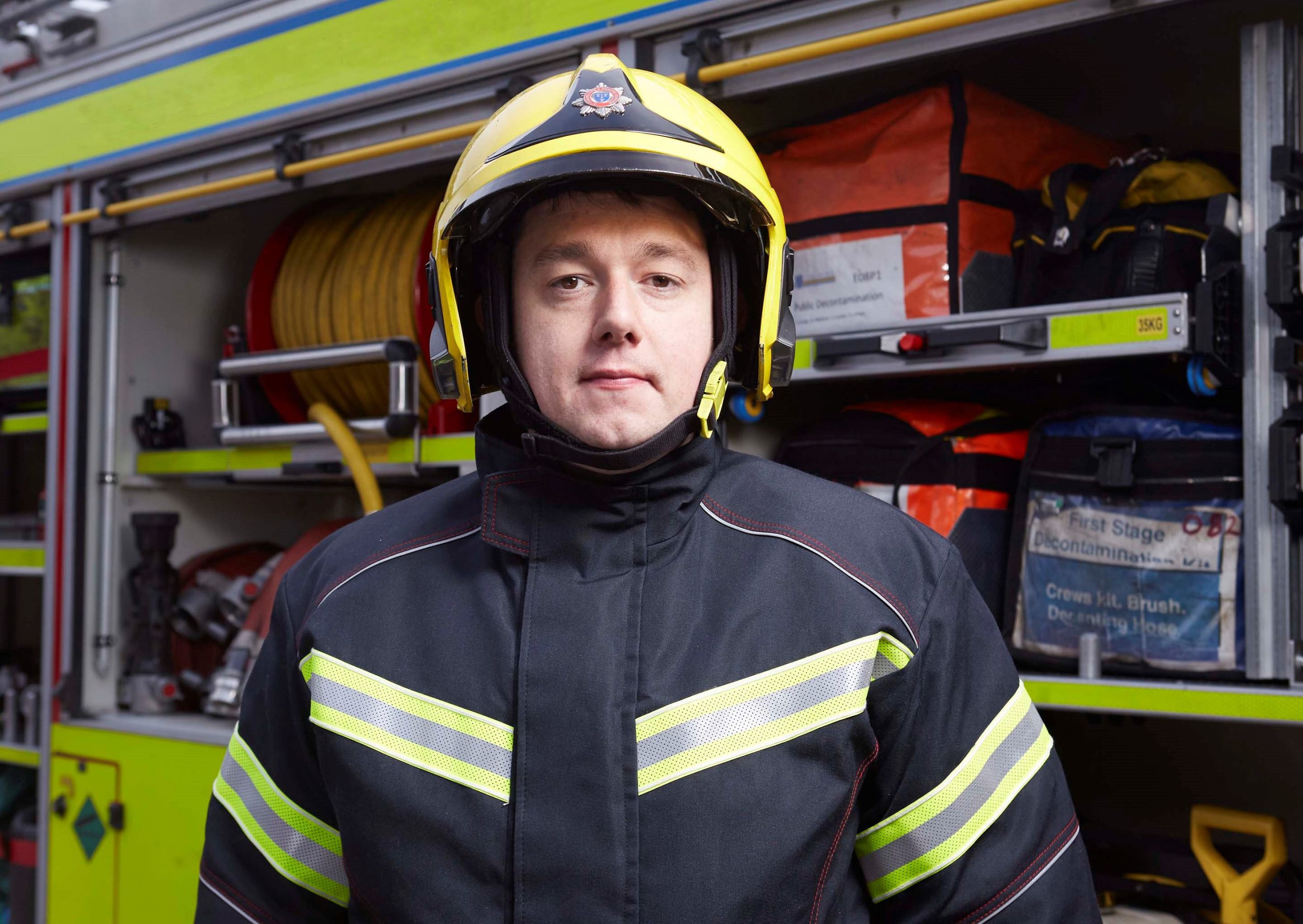For the general public, the COVID-19 pandemic brought into sharp relief the importance of frequent handwashing, disinfecting personal items and wearing PPE. While firefighters also had to take additional precautions in the face of public health, they have long had to face another serious risk that emphasises the importance of decontamination – exposure to smoke, soot and other carcinogens produced by fire.
Firefighters are aware of the risks associated with exposure to smoke and harmful chemicals, and in recent years the topic has finally started to receive more attention from the mainstream media. A study released in 2020 by the Fire Brigades Union (FBU) and the University of Central Lancashire (UCLAN) examined cancer rates among UK firefighters. The research found that 4.1% of the 10,000 firefighters surveyed had been diagnosed with cancer – 4 times that of the general UK population. The study also conducted on-site testing at fire stations around the country and found trace contaminants from unwashed PPE throughout the facilities, particularly in kit rooms.
We know that fires produce a lethal mix of toxic and carcinogenic chemicals in the form of smoke, fumes and dust, and that these chemicals can have devastating long-term effects on those exposed to them. If not handled correctly, the dangers presented by smoke contamination can last long beyond leaving the fire scene.
However, getting the majority to recognise the severity of these risks could pose a challenge. The popular image of the ash-covered firefighter emerging heroically from a burning building can be seen in countless films and TV programmes, and firefighters themselves aren’t immune to thinking this way. Half of those surveyed in the FBU/UCLAN study felt that leaving a fire scene with soot on their faces and firefighting PPE was a ‘badge of honour’ and proof of the dangers they had faced.
But it would be unfair to place the sole responsibility for reducing carcinogen exposure on firefighters alone. If behaviours are to really change, then action needs to be taken by all levels of the fire service – from fire chiefs to government ministers to PPE manufacturers.
One way in which Fire and Rescue Services can shift behaviours is by taking steps to improve awareness. In 2021 the FBU established DECON, a training programme that sets out small changes firefighters can make to their daily routines to help reduce the risk of carcinogen exposure. The programme outlines the crucial steps that firefighters should follow before, during and after every incident to ensure their PPE is kept free from contaminants. These include:
- Before an incident you should make sure you’re regularly cleaning your PPE, and not letting any exposed skin make contact with dirty kit. Never, ever store gloves (clean or dirty) in your boots or helmet.
- While attending an incident keep your breathing apparatus on at all stages of firefighting, including salvage and damping down. Afterwards seal any PPE exposed to fire in an airtight container before taking it into your vehicle.
- At the station, shower within an hour of returning from a fire, or if you need to go straight to another incident then be sure to clean your face, neck, hands and forearms. Do not eat or go into clean zones of the station until you are washed and changed. Check your kit for visible damage every shift – your brigade should get all PPE checked every 3 months by a trained professional.
- Before driving home, shower and change your clothes, and if carrying any garments exposed to fire then seal them in an airtight bag before putting them in your car. Wipe your steering wheel, door handles and dashboard regularly.
- At home, shower straight away if you don’t get to do so at the station. Don’t touch anyone else before doing this. If you’ve brought any exposed clothes with you then put them straight into the washing machine from the bag they’re sealed in, without touching them with your bare hands or letting them touch other laundry. You should also separately wash any bags you take with you to the station and wipe down any belongings that you take to work (using one wipe per item). After washing any clothes or bags, run the rinse and spin cycle on your machine to clear any remaining toxins from the drum.
Though firefighters must stick to these steps and take care of all PPE, it is time-consuming for them to take on the job of decontamination without any additional support. Alongside DECON training, it is also recommended that facilities are made available at fire stations so that firefighters don’t have to wash their clothes at home and risk spreading toxic chemicals around their car, house and loved ones. This also allows Fire and Rescue Services better oversight and helps them ensure that firefighters are consistently cleaning kit. Unfortunately, not all Fire and Rescue Services have the resources to put these in place yet, a reminder of the urgent need for increased investment into the Emergency Services.
BS 8617:2019 is the UK safety standard that sets out a cleaning, maintenance and repair programme for firefighter PPE. The standard states that all Fire and Rescue Services must have a contract in place for outsourcing the cleaning and maintenance of PPE, ensuring regular professional inspection of all turnout gear. Garment manufacturers such as our partners MSA Bristol provide in-house managed services to UK fire brigades that offer cleaning, decontamination and maintenance of PPE – find out more here.
From daily light cleans to full decontamination, PPE should be strong enough to withstand these frequent washes without wearing out or losing any of its protective qualities. Garment manufacturers should keep these risks in mind and design all products to protect against contaminants as well as flashover.

Our AGILE textile is designed for use in structural firefighting garments, and was developed in response to firefighter concerns about chemical contamination. AGILE weaves protective fibres in a tight ‘gabardine’ structure (a type of weave originally developed for use in heavy-duty raincoats) that provides maximum resistance to liquid penetration, while remaining comfortable to wear. Firefighters who have worn AGILE garments to fire incidents have remarked that, after wiping the garment down, very little carbonaceous material came off on the wipe. The tight weave prevents harmful particles from being absorbed into the garment, keeping the wearer safer. In addition to this, AGILE is also incredibly strong and durable. The textile has been proven to withstand over 100 wash and dry cycles and still perform as well as if it were new.
It is crucial that PPE manufacturers create products that match up to the demands of a firefighter’s role. Alongside this, resources need to be made available to ensure that Fire and Rescue Services can properly decontaminate all turnout gear after use. Through this combined effort, more firefighters will be able to effectively keep kit clean and stay safer for longer.
